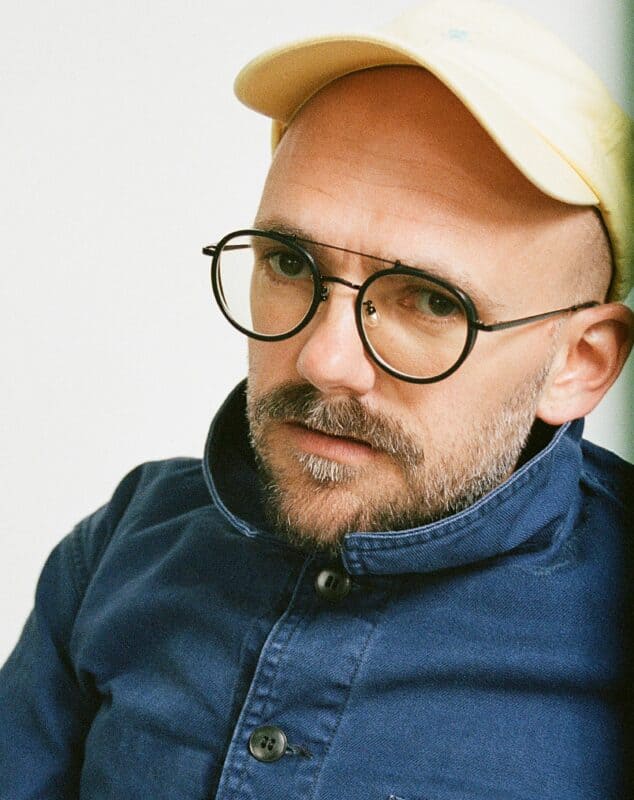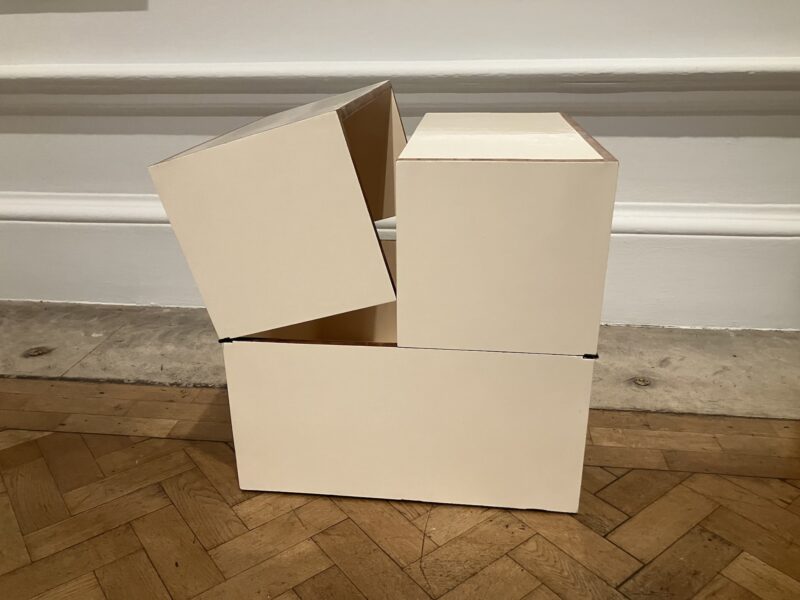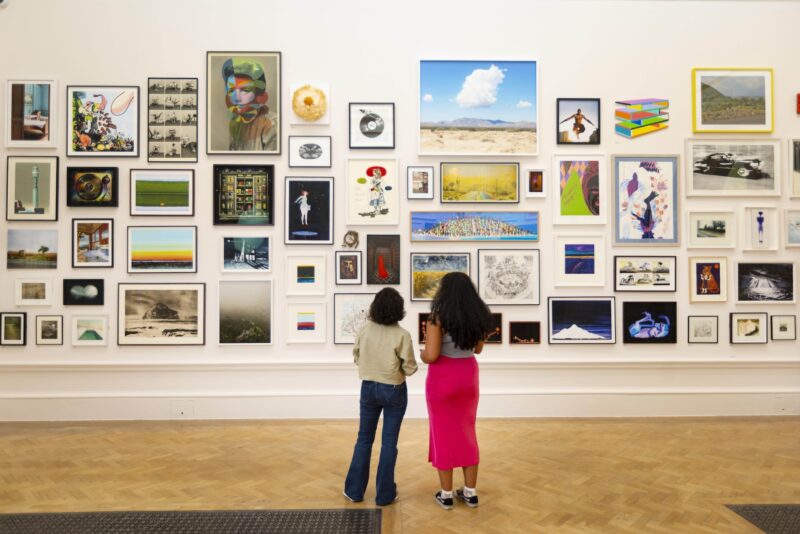In September 2024, the Royal Academy of Arts will present the largest retrospective of Michael Craig-Martin RA’s work ever to be held in the UK.
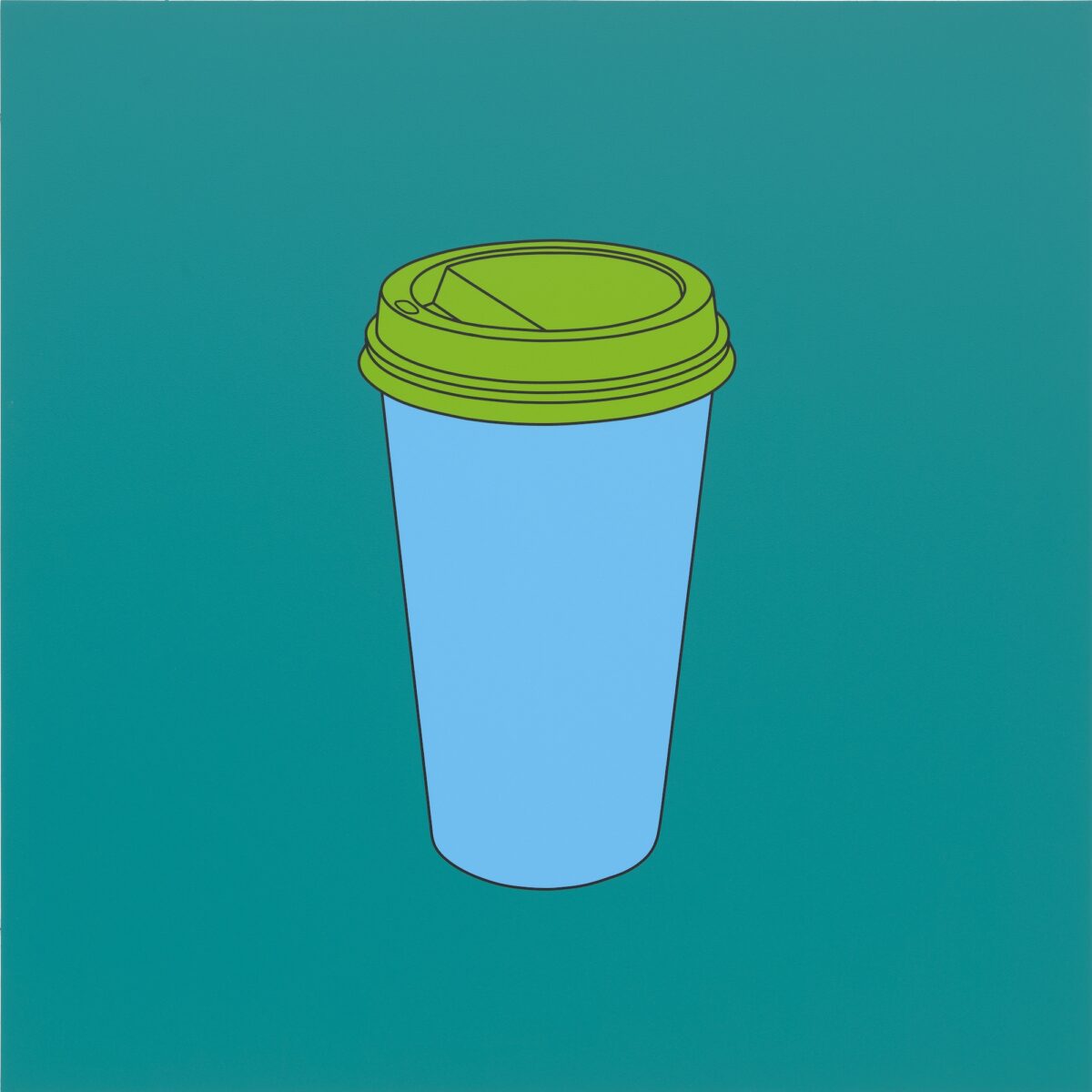
A key figure in British art, Craig-Martin (b.1941) is one of the most influential artists and teachers of his generation. Curated in close collaboration with the artist, this ambitious exhibition will encompass the broad repertoire of Craig-Martin’s sixty-year career. Presented across the Royal Academy’s Main Galleries, it will bring together over 120 important works spanning from the 1960s through to the present day, including sculpture, installation, painting and drawing, as well as newly conceived works for the occasion.

Craig-Martin was born in Ireland and studied in America before moving to London in 1966, where he
has lived ever since. Fusing elements of pop, minimalism and conceptual art, his work transforms
recognisable objects – from household items to mobile devices, famous art works to modernist
buildings – with bold colours and simple uninflected lines. Combined they take on the resonance of
history paintings, portraits or still-lifes, a reflection of contemporary life shaped in the image of the
objects that define it. His influence extends beyond his own work; as an art educator he has inspired
generations of artists, in particular many of the Young British Artists (YBAs), who made a significant
impact on the art scene in the 1990s, including Damien Hirst, Gary Hume RA, Sarah Lucas and Fiona
Rae RA.
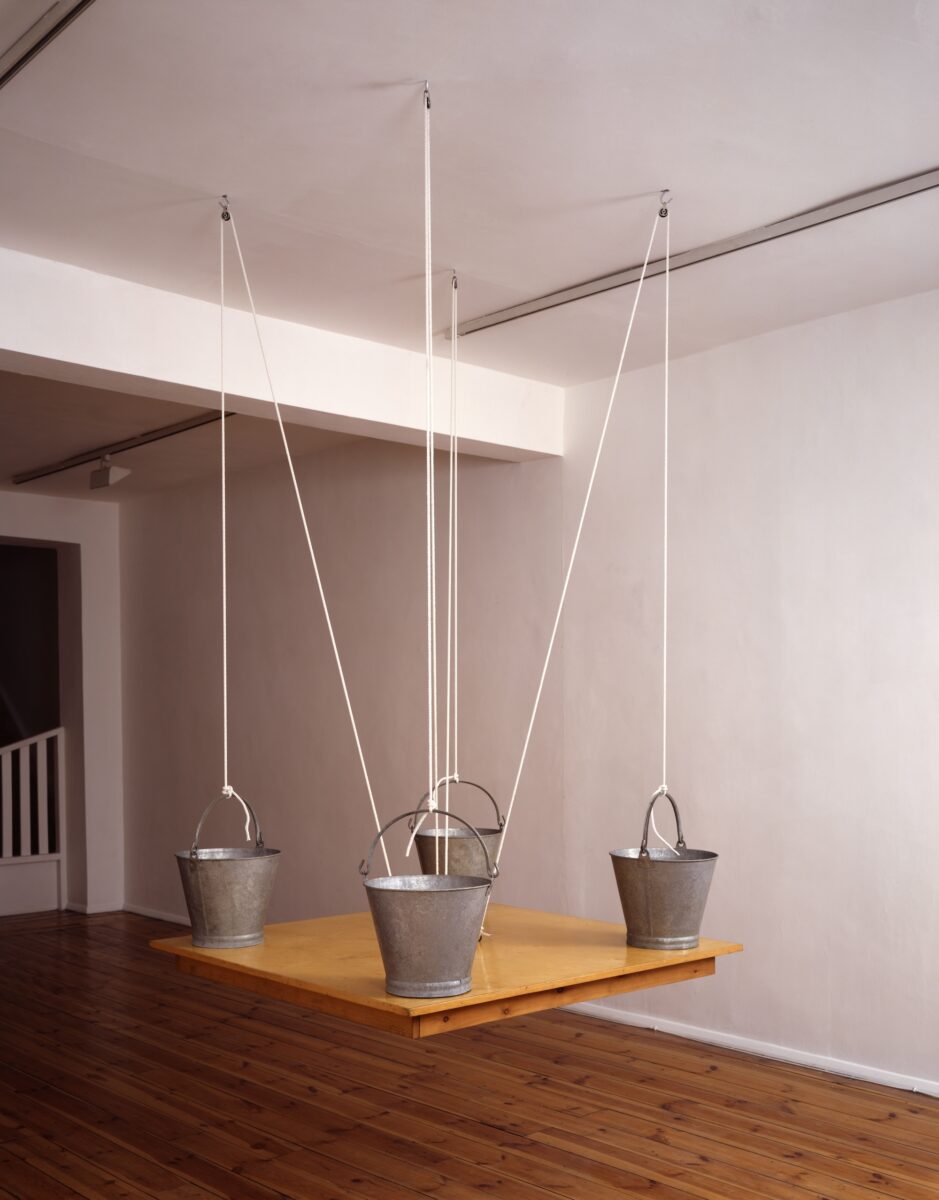
Works from across Craig-Martin’s career will be presented chronologically through the Main
Galleries. Seminal early pieces in which the artist used found objects such as buckets, milk bottles
and mirrors will show the experimental origins of his practice. On display will be On the Table, 1970
(Collection Irish Museum of Modern Art, Purchase, 2004), in which four metal buckets of water serve
as the counter-balance to the suspended table on which they stand, and An Oak Tree, 1973
(Courtesy the artist) comprising a glass of water on a shelf and an accompanying text in which the
artist explains that, outward appearances notwithstanding, he has changed the humble object into
an oak tree. Representing the culmination of his conceptual work, this now legendary piece focuses
on the role of belief in shaping the dynamic between artist, artwork and viewer. Following An Oak
Tree, Craig-Martin reached a ‘full stop’, after which he sought a new direction away from conceptual
art.
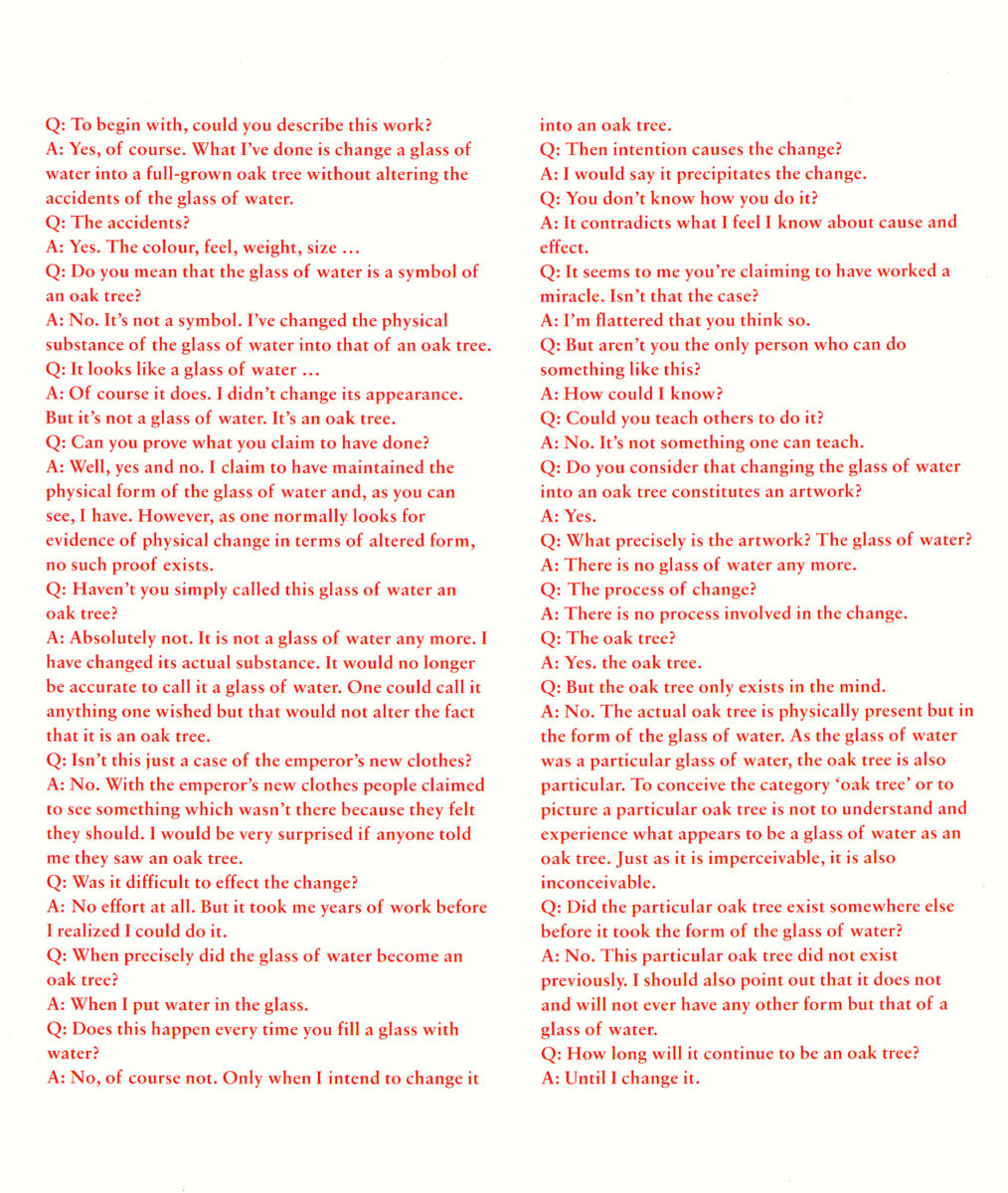

A further section of the exhibition will reveal how a new focus on drawing gave rise to Craig-Martin’s
large-scale wall drawings in tape, executed with the use of projections. Tape drawings such as
Interlocked (MoMA project 1990), 1990 (Courtesy the artist), which will be recreated in situ on the
gallery walls, give prominence to generic everyday objects, ones that might normally lie in the
background yet are fundamental to our daily lives. Over time, Craig-Martin has created a thesaurus
of selected motifs that he has repeated and adapted to different spaces and situations. Notably, such
motifs fill the large-scale, colourful paintings that came to dominate Craig-Martin’s practice in 1990s,
and for which he is now best-known, such as Eye of the Storm, 2003 (Collection Irish Museum of
Modern Art, Purchase, 2005).
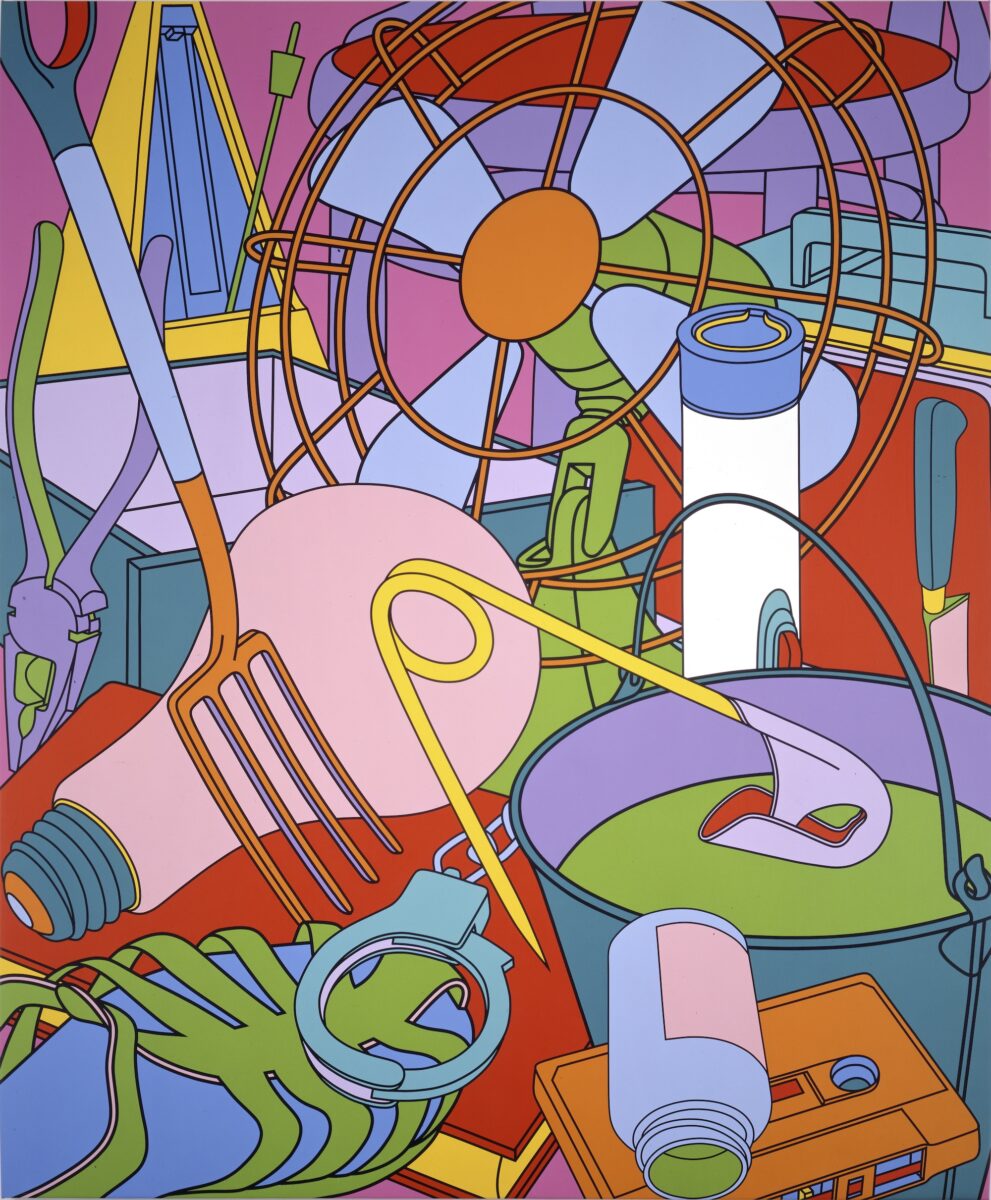
The exhibition will present the many facets of Craig-Martin’s painting practice, including his
depictions of single objects that highlight how his motifs have changed over time; the buckets and
ladders of post-industrial life in the West give way to mobile phones and iPads; the cheap and the
discarded becoming luxury items around which people build identities today. These will hang
alongside his word paintings such as Untitled (Painting), 2010 (Gagosian, London), in which the
artist explores the relationship between text and image. The following space will be dedicated to his
reworkings of iconic works from art and design, such as Marcel Duchamp’s Fountain (1917) and
Mies van der Rohe’s Barcelona chair (1929).
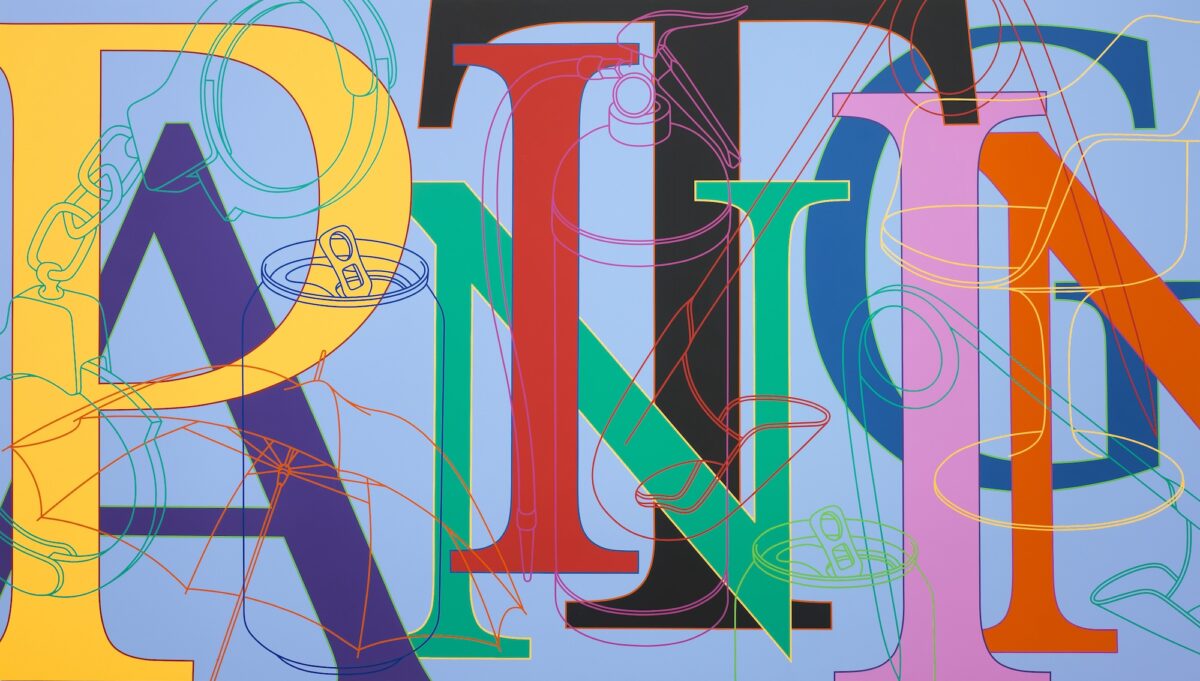
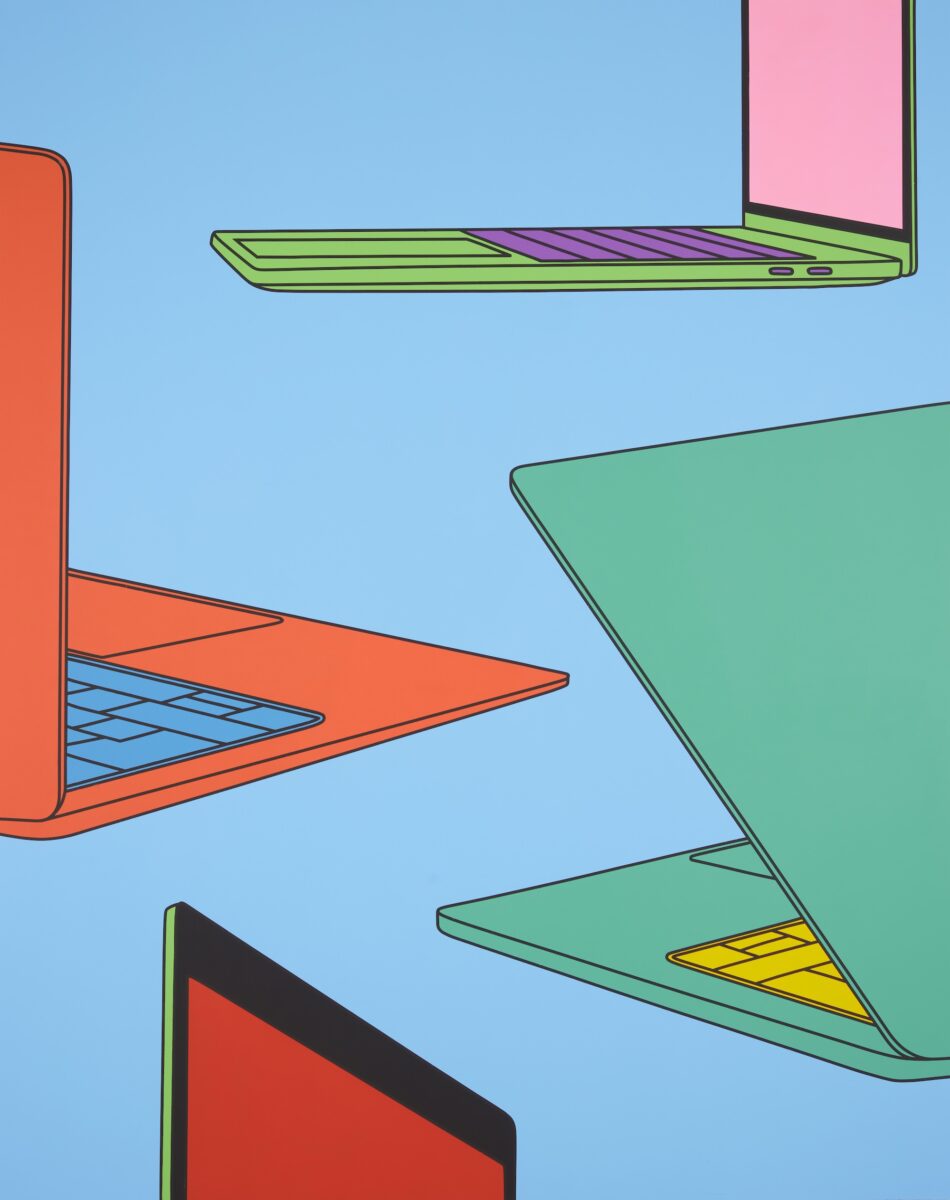
The exhibition will conclude with works conceived specifically for the exhibition. One gallery will be
dedicated to a large-scale, immersive and dynamic digital experience with floor-to-ceiling projected
images, while the Central Hall will be transformed in to a site-specific, vibrantly coloured installation
that engages with the architecture of the space. The exhibition will extend outside to the RA’s
Annenberg Courtyard, where a number of Craig-Martin’s monumental and colourful line sculptures
of commonplace objects will be on display.
Michael Craig-Martin follows in the RA’s tradition of celebrating its Royal Academicians, continuing
a strand of programming that has showcased some of the most important living artists including
Marina Abramovi?, William Kentridge, Antony Gormley, Ai Weiwei and Anish Kapoor. Craig-Martin
was elected as a Royal Academician in 2006 and became Senior Academician in 2015.
In conjunction with the exhibition, the Royal Academy will host events that take Craig-Martin’s
teaching career as a starting point to address the importance of art education in the UK.
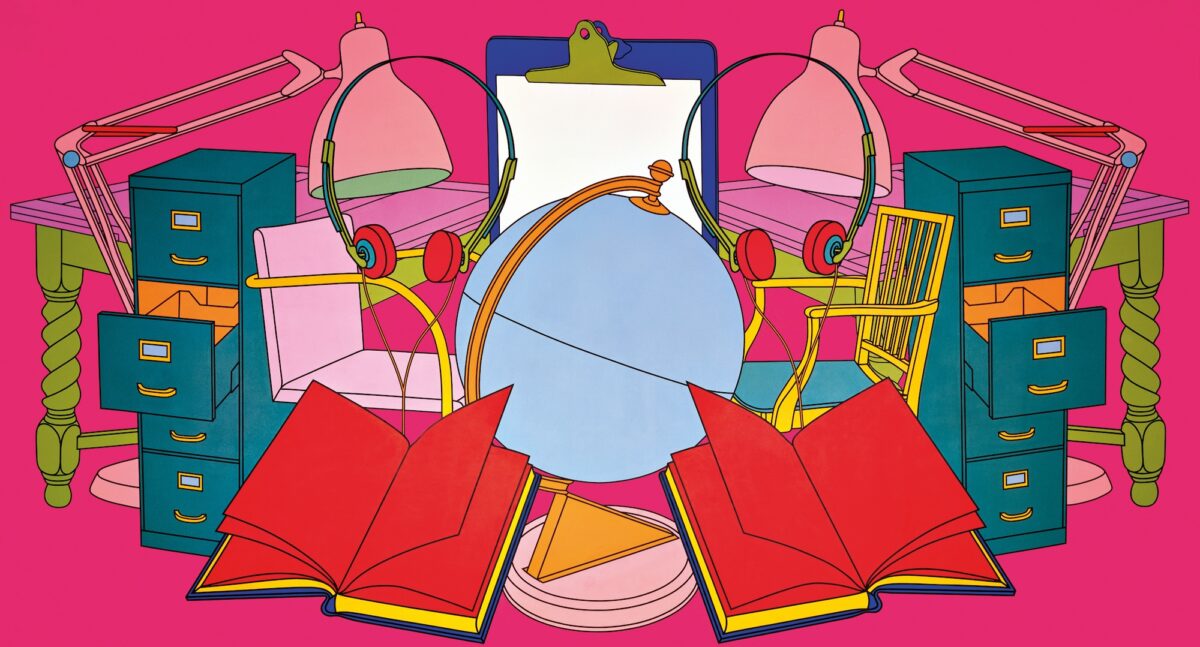
Michael Craig-Martin, 21st September – 10th December 2024, Royal Academy of Arts
About the artist
Michael Craig-Martin grew up and was educated in the United States. He studied Fine Art at the Yale University School of Art and Architecture and, on completion of his studies in 1966, he moved to London where he has lived ever since. His early work drew together a variety of objects and materials and questioned the nature of art and representation. An Oak Tree, 1973, is one of his best-known early works. His more recent work, which includes painting, printmaking, site-specific installations, drawing, and digital pieces, continues to depict common place objects.
Craig-Martin had his first solo exhibition at the Rowan Gallery in London in 1969. Since then he has shown regularly both in the UK and internationally. Most notably there have been three major retrospectives of his work – at the Whitechapel Art Gallery in 1989, the Irish Museum of Modern Art in Dublin in 2006, and at the Serpentine Gallery in 2015. He has had solo exhibitions in public galleries in Germany, France, Ireland, Poland, Austria, Spain, China and South Korea. Group exhibitions include the British conceptual exhibition at the Hayward Gallery in 1972, The New Art, and the 1996 exhibition Un siecle de sculpture anglaise at the Jeu de Paume in Paris. He was the British representative at the São Paulo Biennial in 1998. He was awarded a CBE in 2001 and was knighted in 2016 in the Queen’s Birthday Honours for his services to art. He was Trustee of the Tate Gallery from 1989 until 1999 and of the Art Fund from 2005 until 2015.
Craig-Martin is also widely recognised as an effective and influential teacher. His teaching career started in 1966, but it is his period at Goldsmiths College, London, for which he is best known. His former students include many of those artists who made such a significant impact on the art scene in the 1990s; these include Damien Hirst, Gary Hume and Sarah Lucas.
He has curated exhibitions, including Drawing the Line, which toured venues including the Whitechapel Art Gallery in 1995, and the 247th Summer Exhibition at the Royal Academy of Arts in 2015. He has also published many articles, essays and the book, On Being an Artist (2015).
